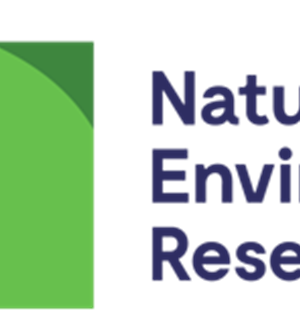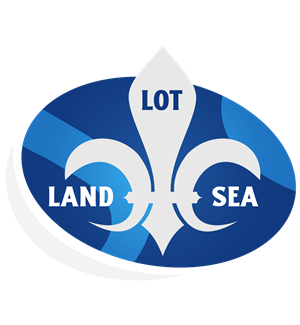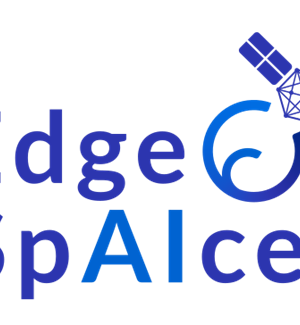- University of Portsmouth - School of Biological Sciences - United Kingdom,
- BirdLife International (Birdlife Indonesia) - Indonesia,
- University of Portsmouth - School of the Environment, Geography and Geosciences - Germany,
- Divers Clean Action - Indonesia,
- University of the Philippines System - Philippines,
- Vietnam National University Ho Chi Minh - Vietnam,
- University of Portsmouth, Economics, Finance and Banking - United Kingdom,
- University of Portsmouth - Institute of Biomedical & Biomolecular Science - United Kingdom,
- Indonesian Institute of Sciences - Indonesia
Microbial Transformation of Plastics in Se Asian Seas: a Hazard and a Solution: This project aims to reduce the impact of marine plastic pollution in South East Asia by understanding how microorganisms living on plastic surfaces affect the pollution threat and by exploring the potential of these microorganisms to provide a solution to the problem. SE Asian seas receive outputs from five of the top ten global emitters of plastic debris but there is little understanding of the threat to ecosystems and 650 million humans living in the region posed by 'plastispheres', the term used to describe the combination of plastic and the microorganisms that live on it. We need to characterise the microorganisms living on plastics in the sea and explore how they affect the breakdown of plastic. Through this we will understand how microorganisms transform plastic surfaces and determine the ultimate fate of plastic detritus in the marine environment. We need to measure the impact these plastispheres have on marine environments and wildlife in order to accurately characterise the hazard posed by plastispheres, and not just plastics, to the region's ecosystems. We will search for solutions to removing plastics and grow an informed and connected community of regional stakeholders in order to reduce environmental damage by current and future plastic pollution. This project coordinates the expertise of researchers from Singapore, UK, Indonesia,the Philippines and Vietnam to carry out laboratory and field experiments on microbial colonisation and transformation of plastic. We will analyse the DNA of biofilms and use microscopy to measure plastic degradation to identify the microorganisms living on the plastics and how they affect the plastic breakdown. We will quantify the volume, type and location of plastisphere loads in key habitats and animals to measure the impact plastispheres have on selected coastal ecosystems - mangroves, coral reefs and beaches. We will direct enzymes discovered in biofilms for use in bioengineered recycling, helping the transition towards a circular plastics economy in which waste plastic is intercepted before it enters the sea and is converted into useful products. We will coordinate with regional policy organisations and action groups to grow an informed and connected community of plastic stakeholders. We will conduct workshops to share expertise, disseminate our ideas and engage with stakeholders in order to develop solutions applicable to the SE Asian region. The project will give a novel perspective that shows how the threats from marine plastic are mediated by microorganisms, facilitating innovative solutions and enhancing regional governance of marine plastic pollution (SE Asia Plastics Program).
Want to analyze based on this project via our analysis tool? Analyze this project
Knowledge Gaps
Environmental fate and behavior of plastic
Environmental effects and ecotoxicity
Environmental exposure
Degradation
Environmental risk assessment (ERA)
Publications




